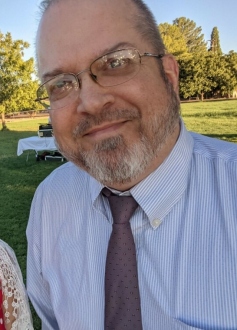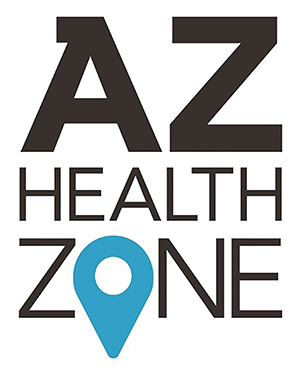Greg Goodman, MS
Since 1997, I’ve been a Program Evaluator and Data Analyst conducting research and evaluation in such areas as education, public health, substance abuse prevention programs, violence in schools, vocational education, School-to-Work, desegregation, 21st Century Community Learning Centers, and State Incentive Grants. I have extensive experience working with statistical databases and database development and have worked with educational administrators in their training of the statistical software program SPSS (Statistical Procedures for the Social Sciences).
Data analysis experience includes both parametric and nonparametric methods, within group and between group designs, factor analysis, hierarchical linear models, structural equation models, Bayesian statistics and qualitative methods. I have overseen the implementation of various types of evaluation activities including survey projects using both quantitative and qualitative methods, quasi-experimental designs to measure program outcomes, and numerous types of needs assessments to inform community groups and state-level policy making bodies. Twenty-seven years of fun has allowed me to design and implement applied research projects using multiple methods and consult with clients to formulate practical and useful approaches to reach their goals and objectives.
With the advent of STEM and Math/Science Partnership grants in 2006, quasi-experimental designs with comparison groups have been the primary focus of my evaluation and data analysis activities. Some examples include; the US DoE funded i3 Invest in Innovation project; which was a design focused on assessing training, education and professional development of teachers to implement a new and innovative approach to teaching students in STEM, utilizing modeling curricula; National Science Foundation grant at the University of Arizona involving a study of exceptional talent identification with alternative assessments (DISCOVER), nurturing activities that enhance the development of future scientists from diverse student populations; and ten years of Math/Science Partnership grants with the Tucson Unified School District utilizing quasi-experimental designs with comparison groups. I’ve also conducted item analysis on newly developed American Sign Language assessments for the National Center of Interpretation at the University of Arizona.





